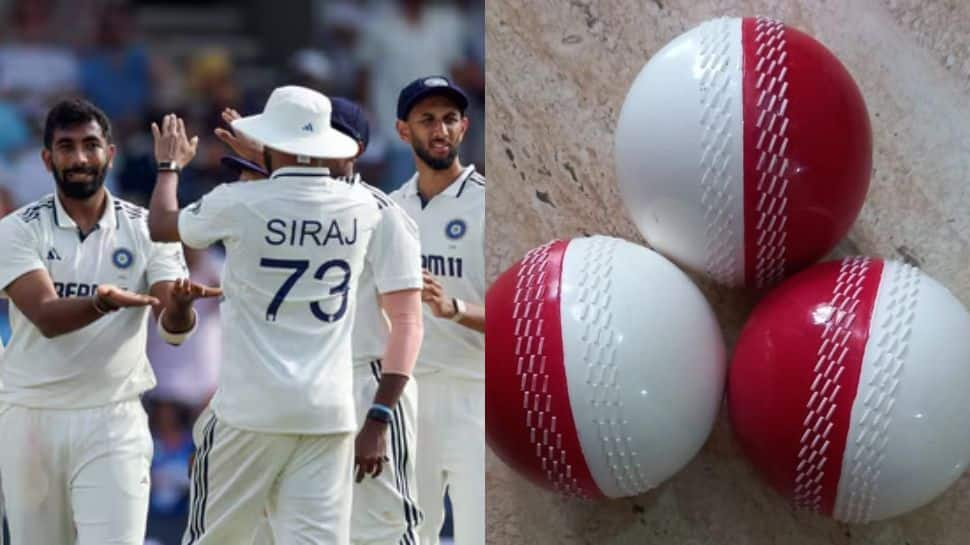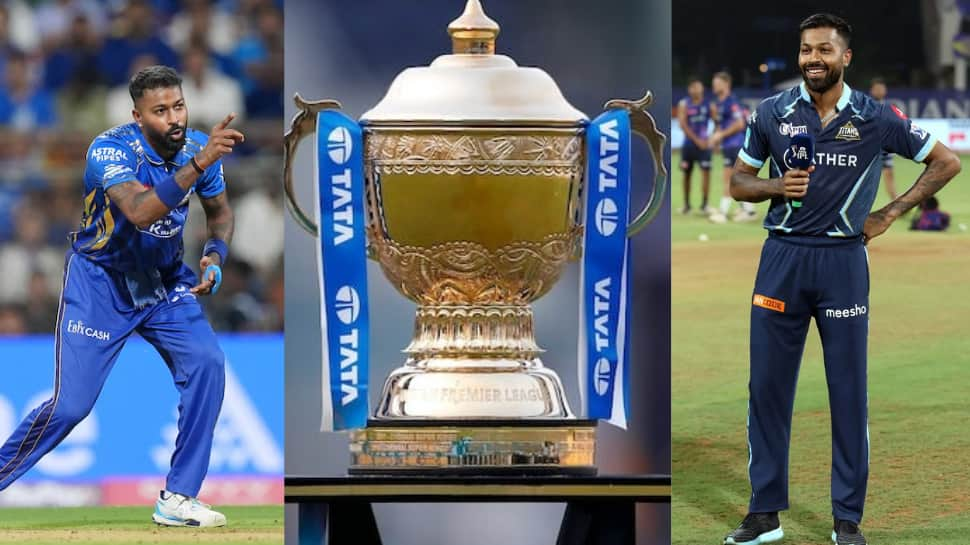Why Team India Is Using Red And White Balls In Nets Ahead Of Edgbaston Test Against England | Cricket News

As the Indian team gears up to level the five-match Test series against England, the spotlight is firmly on their fast bowling unit. After a disappointing performance in the series opener, where the attack failed to pick 20 wickets, Team India has resorted to an innovative method to reset their red-ball focus — training with two-coloured balls. This unique visual method, involving balls split into red and white halves, is aimed at detoxing bowlers of “filthy” white-ball habits developed during the high-octane IPL and Champions Trophy seasons.
Detoxing White-Ball Tendencies: The Science Behind the Two-Coloured Ball
In the penultimate net session before the second Test at Edgbaston, Jasprit Bumrah and the rest of the Indian pace battery were seen with these distinctive balls — red on one side, white on the other. The method isn’t new, but its purpose is crucial: recalibrate seam position, wrist alignment, and swing mechanics specific to red-ball cricket.
“It’s not a new thing. All the ball manufacturers make those balls,” explained India assistant coach Ryan ten Doeschate. “We talk about detoxing the bowlers, just getting the very basics right. Guys have come out of a long IPL season and the filthy habits of that cricket. We don’t want that creeping into Test cricket.”
Bumrah’s Leadership and Edgbaston Equation
While Bumrah remains the attack leader and was sharp in the first Test, questions remain over whether he can carry the entire load. The supporting cast — Prasidh Krishna, Mohammed Siraj, and Shardul Thakur — failed to back him up in the series opener, conceding 371 in the final innings to hand England a 1-0 lead.
The two-coloured ball is being used as a corrective lens — visually showing bowlers the exact seam position and ensuring upright wrist release, essential for sustained red-ball consistency. Former South Africa pacer Morne Morkel, now working closely with the Indian bowlers, has spearheaded this approach since the team’s arrival in England.
Edgbaston Pitch Report: Runs First, Spin Later
As the action shifts to Birmingham, conditions are expected to favor batting initially, with spin likely to play a role from Day 3. This is where India will look toward their bowling all-rounders and spinners for a breakthrough — and perhaps a rejuvenated pace attack focused on traditional red-ball craft.
Meanwhile, England’s camp had a special visitor: local hero and retired all-rounder Moeen Ali. The 37-year-old, who famously reversed his Test retirement for the Ashes at Ben Stokes’ request, was seen in a long huddle with head coach Brendon McCullum and spin coach Jeetan Patel.
Although sources confirmed Ali isn’t joining the staff full-time, his insights into the Edgbaston surface and local conditions could be invaluable for England’s strategy.
Test Cricket Demands Test-Specific Preparation
India’s strategy of using multi-coloured balls reveals a deeper truth: modern cricketers constantly shuttle between formats, and without format-specific preparation, fundamentals can slip. Seam presentation, bowling rhythm, and length variations — key pillars of red-ball bowling — often suffer due to white-ball overexposure.
Despite using this method ahead of the first Test, the results weren’t ideal. This time, with added urgency and tactical refinement, India hopes it pays off.
As India aims to square the series, the two-coloured ball might not just be a training gimmick — it could be the key to rediscovering red-ball rhythm. With Bumrah leading the charge and Morkel guiding the troops, Edgbaston could witness a sharper, more disciplined Indian attack.







